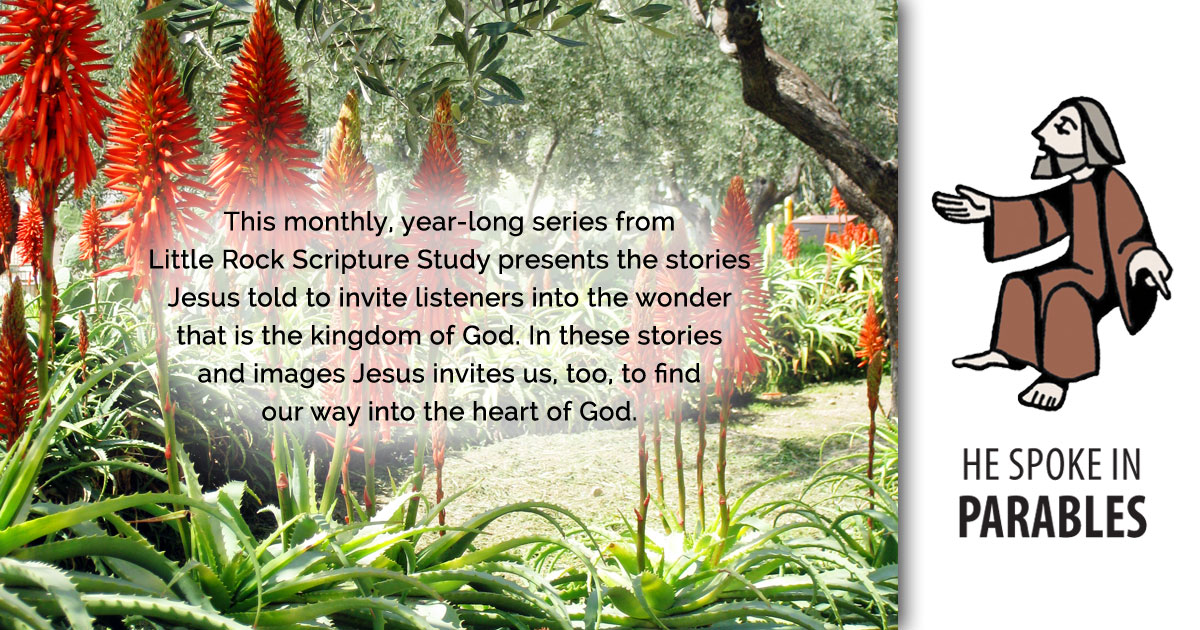


VIII, 2), recommends reciting the Our Father three times a day, something that the Church does at present at Morning Prayer, at Evening Prayer and in the Holy Mass. He prescribes to us that we do the offerings and the liturgies, not carelessly or without order, but in established circumstances and hours” (To the Corinthians, XL, 1-2). Hence, it is not astonishing that already at the end of the 1st century, Pope Saint Clement was able to remind: “We must do with order all that the Lord commanded us to fulfill in the established times. And let us not forget that Paul and Silas, locked in prison, prayed singing hymns to God towards midnight (cf. On another occasion, Peter and John were going up to the Temple to pray at the Ninth Hour (cf. Saint Peter had the vision of the sheet descending from heaven, while he was at prayer on a terrace towards the Sixth Hour. On the day of Pentecost, the Apostles were gathered in prayer at the Third Hour (cf. Also the prayers of Terce, Sext and None correspond to as many moments of prayer of the Judaic practice. It is certain that the two main canonical hours (Morning Prayer and Evening Prayer) have been drawn also in relation to the two daily sacrifices of the Temple: the morning one and the evening one. 1 Thessalonians 5:17 Ephesians 6:18), since the apostolic age the Church has developed her own daily prayer according to an ordered rhythm which covers the entire day, assuming in a new way the liturgical practices of the Temple of Jerusalem. Faithful to the words and the example of her Founder (cf. The Lord then recommended that we pray always, without ever getting tired (cf. With the “Preface” of the Holy Mass, we can say that “it is truly right and just, our duty and our salvation” to praise the Lord at every moment of the day.Ĭhrist was first in giving the example of incessant prayer, day and night (cf. It is because of this that Saint Thomas Aquinas says that prayer is an act that, belonging to the virtue of religion, is connected to the virtue of justice (cf. We receive benefits from the Lord at every moment, that is why it is just that we thank him for them at every hour of the day. In the second place, the LoH mirrors a dynamic that “from below” goes toward the “above”: it is the movement with which the earthly Church praises, adores, thanks her Lord and asks him for favors, throughout the whole span of the day. 35) which takes place when the Divine Worship is celebrated. Therefore, the choir is structured in a circular form not to favor looking at one another while the LoH is celebrated, but rather to represent the “appearing of Heaven on earth” (Benedict XVI, Sacramentum Caritatis, n. It is for this reason that the place in which monks, friars and canons gather to recite the Office has assumed the name of “choir”: it is to reproduce visibly the angelic orders and the choir of saints, who incessantly praise God’s majesty (cf. In this first meaning, the LoH represents the reproduction, made by the pilgrim and militant Church, of the singing of the heavenly and blessed spirits, who form the glorious Church in Heaven.
DIVINE OFFICE EVENING PRAYER FOR TODAY HOW TO
We can sing the praises of God because God himself enables us to do so and teaches us how to do it. Pius XII, Mediator Dei: EE 6/565 likewise: Vatican Council II, Sacrosanctum Concilium, n.

That is why the Divine Office is described as “the hymn that is sung in Heaven for all eternity,” introduced “in the earthly exile” by the Word incarnate (cf. In the LoH, as in the sacramental liturgy (in particular the Eucharistic Liturgy, of which the Office is as the prolongation), two dynamics intersect one another: “from above” and “from below.”Ĭonsidered “from above,” the LoH is brought on earth by the Word, when he became incarnate to redeem us. It is Sacred Liturgy in the true and proper sense. The LoH is an integral part of the divine worship of the Church, not a simple appendage of the sacraments. The liturgical section of the Catechism of the Catholic Church (CCC), in the paragraph dedicated to “When is the liturgy celebrated?”, gives a certain space to the “Divine Office,” today called “Liturgy of the Hours” (LoH). When to Celebrate?/4: The Liturgy of the Hours (CCC, 1174-1178)


 0 kommentar(er)
0 kommentar(er)
